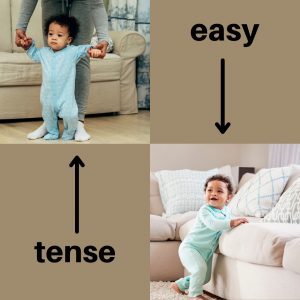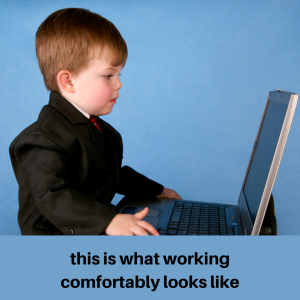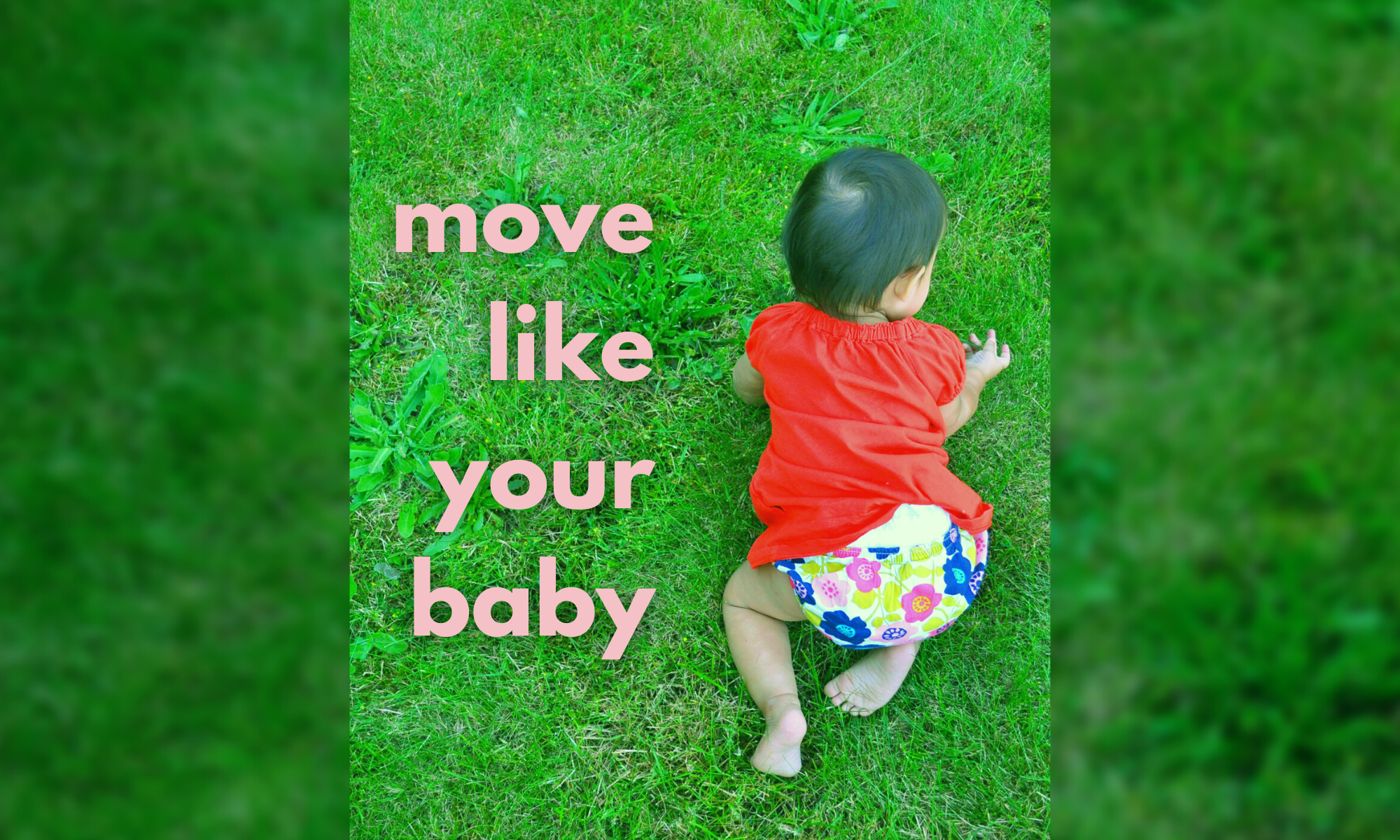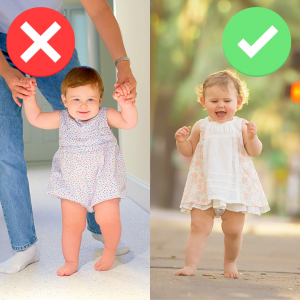A Safer Way to Pick Up Your Baby

When you pick up your child, are you giving them support? Or tensing them up? Aiming for the bony parts can help keep your child feeling safe. The pelvis is a great place to start. In this post I’ll show you how to find the right part of the pelvis quickly when picking up your child.
The parent in this image is using the top of the pelvis as a handle to hold their child: it’s called the iliac crest. You can find your iliac crests right now just by putting your hands on your hips–what you’re actually putting your hands on is the iliac crest. When you pick up your child in a side hold, using their iliac crest and pelvis as your starting point will protect their fragile internal organs, because all the pressure will be on a bony part that has evolved to handle it.
Now put the heel of your hand on your iliac crest and let your fingers point downward on your body. Both the heel of your hand and the tips of your fingers should both be resting on strong, bony places that are great for holding kids: the top of your pelvis, or iliac crest, and the top of your thigh bone, or femur.
What’s your favorite way to pick up your child? How did you decide on it?
How We Treat Our Babies Is How We Treat Ourselves

“We hinder an infant’s development when we force her into positions into which she could not get on her own.” -Emmi Pikler
(inventor of the Pikler Triangle, mentor to Magda Gerber)
How we treat our babies is how we treat ourselves. If we force a baby into a position they are not ready for, we may be more likely to force our bodies into movements and positions they are not happy to be in. Hunching over a computer all day, for instance.
Force is a big deal! Many exercises can force our bodies into unnecessary tension. If we carry this tension with us after the exercise ends, it can affect all of our other activities.
Does this sound familiar to you? Or is it a new idea? How do you find yourself reacting to it? To the image?
How Toddlers Sit Up So Straight

Toddlers don’t have to try hard to sit up straight, and neither should you! There’s an easier way to improve your sitting posture. Read on to find out.
How does this toddler look different from the average adult? He may look like he’s sitting up straight, but he’s not working hard to do it. What he’s actually doing is sitting upright. The difference is that sitting upright takes less effort.
That uprightness we see comes from keeping his senses open to the rest of what’s going on in the space, and maintaining a free and spacious relationship between his head, neck, and back. He’s got the freedom to move however he wants, wherever he wants to.
This freedom is available to grown-ups too! Learn more about sitting upright with a Move Like Your Baby movement assessment.
Posture Runs in Families

The mother and her adult son pictured here have the same rounded shoulders, the same posterior pelvic tilt that’s pulling their upper backs backward and probably shortening their torsos in the front. Their bodies look still–like it would take effort to move themselves from this position.
Are these habits of movement wrong? No. What they are is deep. So deep that they can make a mother and son look almost identical in their standing. So ingrained that these habits can wear down your body, because it’s always working in the same way–the way you stand is the way you wash dishes, or talk on the phone, or walk around the block.
Wouldn’t you like to be able to choose how you stand? To decide whether you want to be straight or slumped, and be totally relaxed either way? This is the privilege we all have as babies. We flow from one style of posture to the next, never stuck, never stopping, choosing what feels best for us in the moment.
Move Like Your Baby offers you that freedom of choice. Book your movement assessment here.



